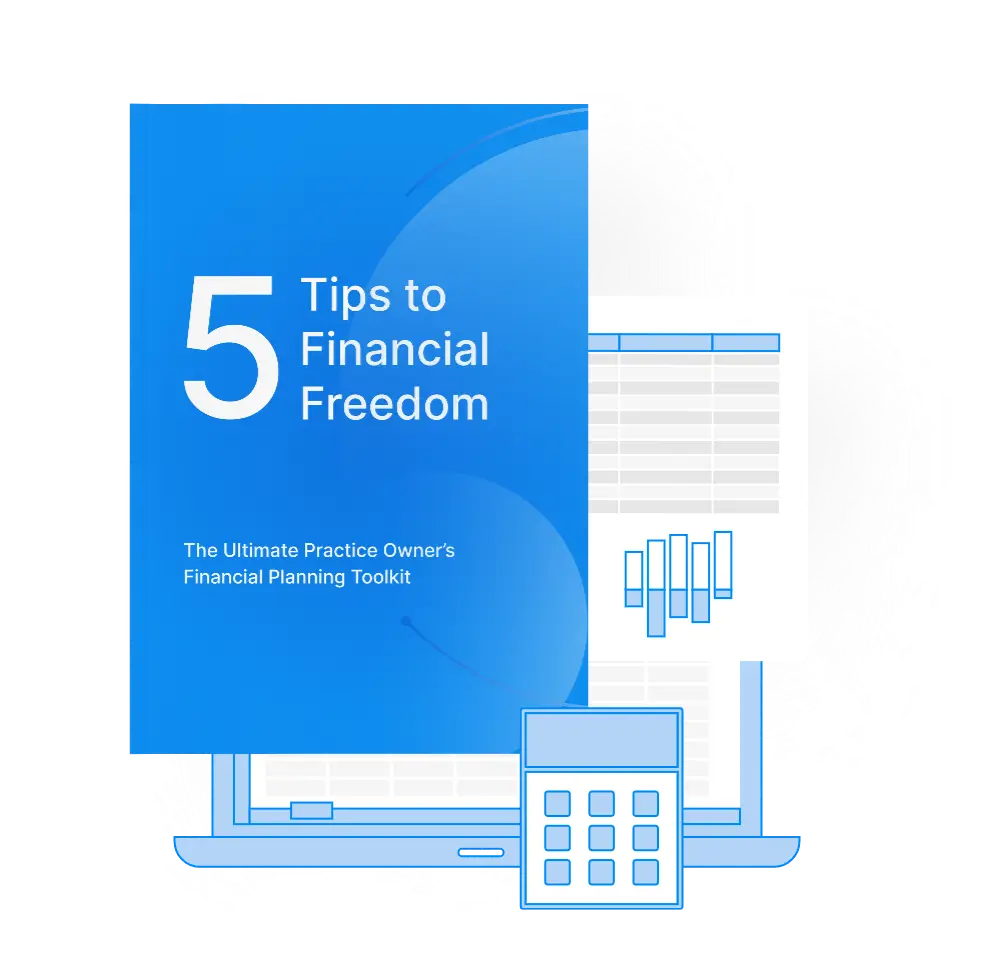Creating a Win-Win: Associate Compensation Structures That Work in Optometry Practices
September 14, 2023
One aspect of optometric practice ownership that deserves some attention is how you structure compensation for your associate optometrists.
In this blog post, we’ll get into the importance of associates understanding the risks involved, how to consider the demand of the schedule, market rates for associate compensation, and provide examples of effective associate compensation structures.
We’ll also go into notable exceptions where deviation from the preferred structure may be necessary.
Start Planning Today
Don’t miss out on exclusive access to financial tips, strategies, and expert-led webinars. Subscribe to the “Planning Life, On Purpose” newsletter today and stay ahead of the planning curve!
Understanding the Risks
Before diving into associate compensation structures, it is essential for both practice owners and associates to acknowledge the inherent risks involved.
Employing an associate is a significant investment for practice owners, as associates are often the most expensive employees in a practice (associate comp on production pay is usually between 15-18% of gross collected revenue).
Associates must recognize the responsibility they have in contributing to the success of the practice and delivering quality patient care.
Considering the Demand of the Schedule
When determining associate compensation, it is crucial to consider the demand of the schedule.
As discussed in a previous podcast episode with Steve Vargo, hiring an associate should be driven by patient demand.
The reason being, the number of patients seeking optometric services will directly impact the workload and revenue potential for the practice.
Practice owners and associates should work together to assess patient demand and align compensation accordingly.
Market Rates for Associate Compensation
The market for associate compensation in optometry practices can vary based on numerous factors.
While the complexity of the profession may make it challenging to define a standard, it is helpful to understand the available data.
In general, market rates for associate compensation can fluctuate because of labor market conditions, industry trends and the individual circumstances of your practice.
These factors change every year, so you need to stay on top of current market rates to ensure fair and competitive compensation for associates.
Examples of Effective Associate Compensation Structures
To create a win-win situation for both practice owners and associates, establish compensation structures that align with the goals and needs of both parties. Here are a few examples of associate compensation structures that have proven successful:
- Base Salary Plus Production Bonus: This structure provides associates with a stable income through a base salary while incentivizing productivity through a production bonus tied to patient volume or revenue generated.
- Percentage of Collections: Associates receive a percentage of the collections they generate, providing a direct correlation between their efforts and compensation. This structure encourages associates to focus on patient care and practice growth.
- Tiered Compensation: Associates progress through different compensation tiers based on performance metrics such as patient satisfaction, productivity, and revenue generation. This structure rewards associates for their contributions and motivates them to continually improve.
Notable Exceptions and Deviations
While the above associate compensation structures are generally effective, there may be exceptions where deviation is necessary.
Geographic location, market conditions, and unique practice circumstances can all influence compensation decisions.
Consider all aspects of your own unique circumstances before agreeing on an associate’s compensation structure. This will help you make informed decisions that align with their practice’s financial health and long-term goals.
Conclusion
Creating a win-win associate compensation structure is crucial for the success of optometry practices. By understanding the risks involved, considering the demand of the schedule, and staying informed about market rates, practice owners can establish fair and competitive compensation for associates.
Effective compensation structures like base salary plus production bonus, percentage of collections, and tiered compensation, should act as a starting point for practice owners designing compensation packages that motivate and reward associates.
Stay flexible, consider notable exceptions that may call for deviations from the preferred structure. Prioritize open communication and collaboration to create a mutually beneficial environment that fosters growth and success.
By the way, if you would like personalized assistance in structuring associate compensation or need help with any other financial aspects of your optometry practice, I invite you to book a Triage call with our team.
We specialize in helping optometric practice owners reduce their tax bills, proactively manage cash flow, and make prudent investment decisions.
Until next time.


Share